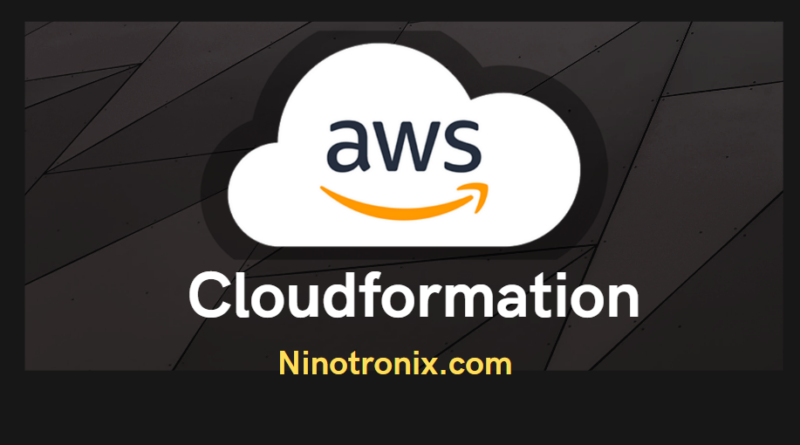AWS CloudFormation: Infrastructure as Code
AWS CloudFormation is an Infrastructure as Code (IaC) service that enables developers to create and manage cloud resources using code. CloudFormation allows users to define infrastructure in a declarative template that can be version controlled and shared, making it easier to manage complex environments.
CloudFormation templates are written in JSON or YAML and define the resources and configurations needed to deploy an application. These templates can be used to create and manage a wide range of AWS resources, including EC2 instances, load balancers, RDS databases, and more.
Benefits of AWS CloudFormation
- Consistency: CloudFormation enables developers to ensure consistency across environments by defining infrastructure in code. This helps prevent configuration drift and reduces the risk of errors.
- Automation: With CloudFormation, developers can automate the deployment and management of infrastructure, reducing the need for manual intervention.
- Version control: Templates can be version controlled using Git, allowing developers to track changes and roll back to previous versions if necessary.
- Reusability: CloudFormation templates can be shared and reused, reducing the time and effort required to create and manage infrastructure.
- Scalability: CloudFormation can be used to easily provision and scale resources as needed, enabling applications to handle increased traffic or demand.
Using AWS CloudFormation
To use AWS CloudFormation, users need to follow these basic steps:
- Create a template: Create a JSON or YAML template that describes the infrastructure to be deployed. Templates can be created from scratch or from existing templates.
- Upload the template: Upload the template to AWS CloudFormation. The template is then validated and the resources are provisioned.
- Monitor the stack: Monitor the status of the stack in the AWS CloudFormation console. Users can also receive notifications when changes are made to the stack.
- Update the stack: Update the stack as needed by making changes to the template. Changes can be made directly in the console or using the AWS CLI or SDK.
- Delete the stack: Delete the stack when it is no longer needed. This ensures that resources are not left running and users are not charged for unused resources.
CloudFormation Stacks
CloudFormation organizes resources into stacks, which are a collection of AWS resources that are created and managed as a single unit. Stacks can be created, updated, or deleted as a whole, making it easier to manage complex applications.
CloudFormation templates can reference other templates, allowing users to create nested stacks. This enables developers to break down large applications into smaller, more manageable stacks.
Conclusion
In conclusion, AWS CloudFormation is a powerful Infrastructure as Code service that allows developers to define and manage cloud resources using code. CloudFormation provides a consistent, automated, version-controlled, reusable, and scalable way of deploying infrastructure. Users can create templates in JSON or YAML and upload them to AWS CloudFormation to provision and manage stacks of resources. With CloudFormation, developers can easily manage complex applications, reduce errors, and save time and effort.




